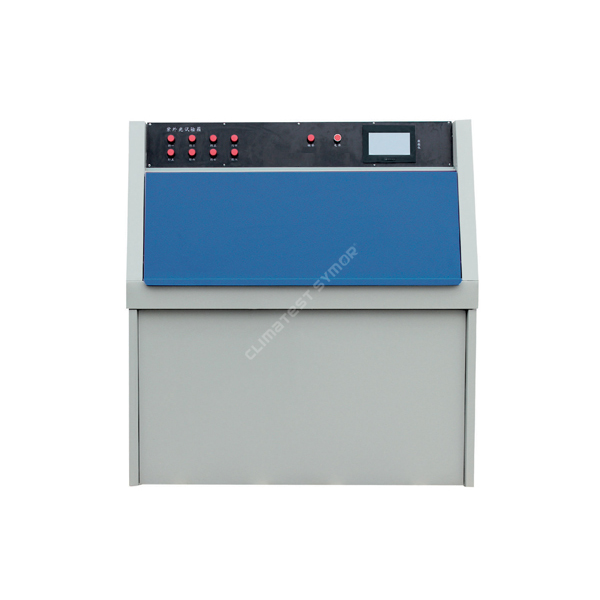How a UV Aging Chamber Mimics the Effects of Outdoor Sunlight on Materials
2024-05-28
In the world of materials testing, the UV Aging Chamber is a powerful tool that allows us to replicate the harsh effects of outdoor sunlight on various materials. But how does this chamber achieve such a feat? Let's delve into the science and technology behind how a UV Aging Chamber simulates the effects of outdoor sunlight.
At the heart of a UV Aging Chamber is a powerful UV light source. This light source emits ultraviolet (UV) radiation, a portion of the sunlight spectrum that is particularly harmful to materials. UV radiation can cause materials to fade, crack, and degrade over time, especially when exposed to sunlight for extended periods.
The UV Aging Chamber simulates these effects by concentrating and intensifying the UV radiation emitted by the light source. The chamber typically houses multiple UV lamps that emit UV radiation at specific wavelengths and intensities. These lamps are positioned to evenly distribute the UV radiation throughout the chamber, ensuring that the materials under test are exposed to a consistent and intense UV field.
In addition to UV radiation, the UV Aging Chamber also simulates other environmental factors that contribute to material aging. For example, the chamber can be equipped with a temperature and humidity control system that allows researchers to adjust and maintain specific environmental conditions. This enables them to replicate a range of outdoor environments, from hot and dry deserts to humid and rainy tropical regions.
By adjusting the UV intensity, temperature, and humidity levels, researchers can precisely control the aging conditions within the UV Aging Chamber. This allows them to simulate the effects of prolonged outdoor exposure on materials in a shorter time frame. The materials under test are placed inside the chamber and exposed to the UV radiation and environmental conditions for a specified period.
During this time, the materials undergo various chemical and physical changes that are similar to those that occur during natural outdoor aging. These changes can be monitored and analyzed using various techniques, such as visual inspection, color measurement, and mechanical testing. By comparing the results obtained from the UV Aging Chamber tests with those from natural outdoor aging, researchers can gain insights into the durability and longevity of materials under different conditions.
In summary, a UV Aging Chamber simulates the effects of outdoor sunlight on materials by concentrating and intensifying UV radiation using powerful UV lamps. It also replicates other environmental factors such as temperature and humidity to provide a controlled and accelerated aging environment. This allows researchers to evaluate the durability and lifespan of materials in a shorter time frame, enabling them to make informed decisions about product design and material selection.



